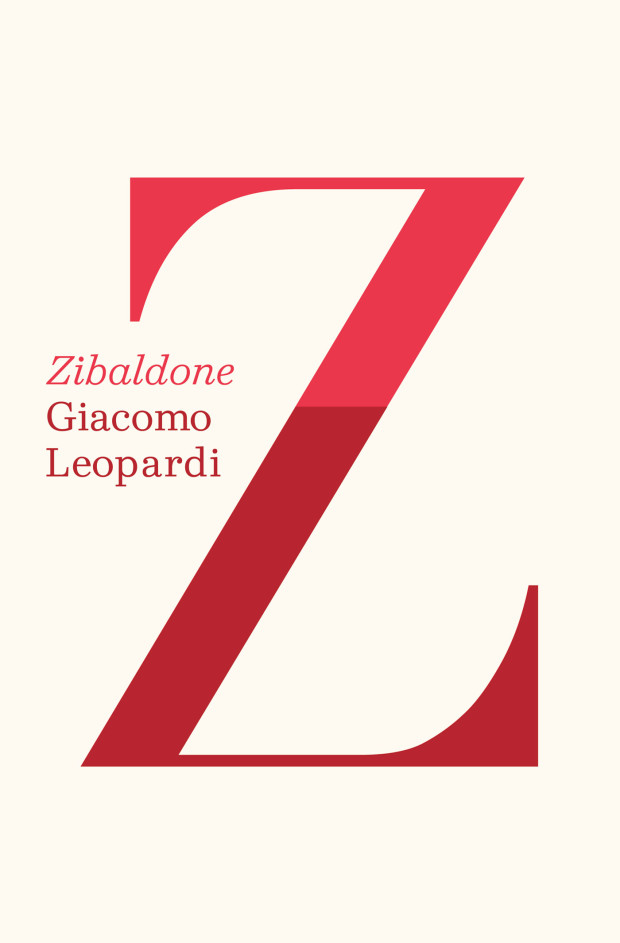An iconographic and text archive related to communication, technology and art.
The vast has to be distinguished from the vague or indefinite. They please the mind for the same reasons, or for reasons of the same type. But the vast is not necessarily vague, and the vague is not necessarily vast. Nonetheless, these qualities are always similar in terms of the effect they have on the mind.
☛ Zibaldone by Giacomo Leopardi, ed. by Michael Caesar & Franco D’Intino, New York: Farrar, Straus and Giroux, 2013, #2053. Excerpt retrieved from Harper’s Magazine. Preview with limited search functionality is available at Amazon.com
The French translation of the unabridged edition of Giacomo Leopardi’s Zibaldone was published in 2003 by Allia (entirely translated by one man only: Bertrand Schefer). The original in Italian ―Zibaldone di pensieri― is available online: at Leopardi.it and at Princeton’s Zibaldone Hypertext Research Platform.
Back in September 2011, I learned of The Zibaldone project, at University of Birmingham: two editors and a team of seven translators were working to produce the first complete English translation of the Zibaldone. The project was finaly completed on the summer of 2013, after seven years of labor, with the release of a single 2,592-page volume:
The Zibaldone was not published until the turn of the twentieth century, and only a small proportion of its 4,500-plus pages had before now been translated into English. With this new edition, a team led by Michael Caesar and Franco D’Intino, under the auspices of the Leopardi Centre at Birmingham, has brought the translation of the entire text, along with an extensive critical apparatus, to a successful conclusion. (read more at The Zilbadone project)
University of Birmingham hosts a list of book reviews of the Zibaldone both in English and Italian. Some of those articles are behind a paywall.
The review by Joshua Cohen at Haper’s Magazine is not listed there, but it is worth reading. The form is unconventional: it is written as a series of random entries, not unlike the way the Zibaldone is structured. However, I suspect Cohen’s review to be much more humorous than what Leopardi has to offer (one of the Zibaldone his recurring theme is how human life is doomed to unhappiness). Cohen also mentions personal details about his life, something that one would not find in the Zibaldone (see “Giacomo Leopardi’s Zibaldone”, Nov. 27, 2013). In his much more conventional (and serious) review at the New Republic, Adam Kirsch notes:
The Zibaldone is emphatically not a diary; it tells us nothing about the writer’s daily life or, except indirectly, about his inner emotional weather. (“Giacomo Leopardi’s Zibaldone, the Least Known Masterpiece of European Literature”, Nov. 8, 2013).
The same comment is repeated by Robert Pogue Harrison at The Financial Times (see “Review: Giacomo Leopardi’s Zibaldone” Aug. 16, 2013). Cohen launches his review by comparing Leopardi massive notebook to a blog:
So here it is, the Zibaldone, one of the greatest blogs of the nineteenth century (…) (Harper’s Magazine)
At The Independent, André Naffis-Sahely makes a similar observation at the start of his own review in regards to the practice of keeping “commonplace books”:
Now superseded by blogs, their virtual cousin, commonplace books are so rarely kept these days, let alone published, that it is easy to forget how ubiquitous they once were. As sought-after as Bibles from the Renaissance to the 18th century, they were still in such high demand in the 19th that Mark Twain’s sole profitable invention was his “self-pasting scrapbook”, whose pages were lined with adhesive strips to avoid any gluey mishaps. (“Book review: Zibaldone, By Giacomo Leopardi”, Aug. 23, 2013)
Maybe the reviewers know better. I’m not aware of the existence of a personal blog of the magnitude of the Zibaldone, both in terms of size and erudition. Then again, maybe it’s too soon to tell. Though Leopardi’s 4,526-page notebook was completed in 1832, it was not published in Italian in its entirety until 1898, 61 years after its author died (at age 37). It took more than a century to see the first unabridged French edition, and still a decade more for the English edition to be published. Blogs, in comparison, were born less 25 years ago.
• • •
The image below is a photographic reproduction of a page from the original manuscript of Leopradi’s Zibadone:
[Page] 4295 of the Zibaldone, on which Leopardi announces with a flourish that he has completed his own index to the notebook on 14 October 1827 in Florence. There are still 231 pages to go before he pens his last entry. The image is taken from a photographic reproduction of the manuscript in ten volumes published by the Scuola Normale Superiore di Pisa, in an edition edited by Emilio Peruzzi and published between 1989 and 1994. (Arts & Humanities Reasearch Concil: “Translating the Zibaldone” by Iain Aitch, October 24, 2012)

- By Philippe Theophanidis
- on
- ― Published in Art, Literature
- Tagged: book, commonplace book, Italy, Leopardi, modernity, notebook, translation

